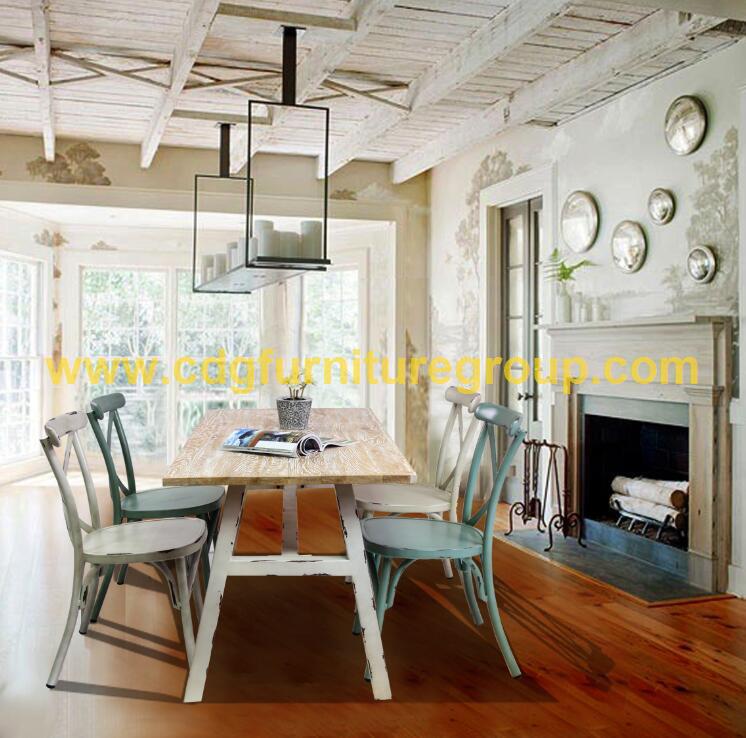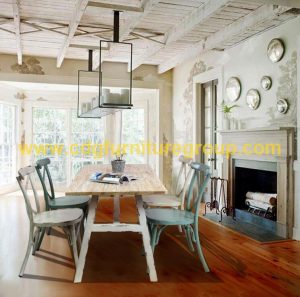One of the most significant contributions of the Scandinavian countries to the European fine arts has been in the field of design. The Scandinavian countries have achieved world-wide renown by attributing a modern aesthetic to their traditional craft industries.
The strong indigenous craft tradition, which developed as early as the Viking age, was
preserved and protected in the Scandinavian arts throughout the centuries. The awakening of these crafts into a conscious national aesthetic in the 19th century laid the foundations of a movement that would represent the new modern Scandinavia and achieve international acclaim by the 20th. CDG furniture is a commercial furniture suppliers. The idea of beautifying simple, everyday objects in modern styles and materials and producing them with low cost production has absorbed the Scandinavian design world forthe past century.
Sweden
In Sweden the craft arts avoided this elitist production of arts and instead struck upon a
diplomatic ideal of creating an appealing aesthetic without compromising functionality.
Finland
In Finland the work of architect-designer Alvar Aalto and his firm Artek, took advantage of the new machine-processed wood (such as laminated ply wood) to experiment with new forms. He gained international acclaim by designing furniture as an organic component of the architecture he was designing.
Denmark
The most consistently traditional craft based industry was Danish furniture making. This was Internationally recognised in the post war years as high quality and hand made.
During the war years, while it remained virtually their only resource, Denmark led the world in its innovative wood sculpting techniques. With the importing of teak, which became popular after the Indochina war, the Danes developed a light and practical furniture that was simple, bright and user-friendly. This gained European popularity, especially in the cramped living spaces of Germany, and led to a wave of imitation Danish teak furniture*
The later half of the 20th century saw a cohesive ‘Scandinavian design’ develop based on
democratic ideals and using new materials such as form-pressed wood, plastics, anodized or enamelled aluminium, pressed steel and low cost mass production. This produced an international golden phase for Scandinavian design.
In the post-war years Scandinavian art became more diverse as each country responded to modernity in different ways*. All the countries shared a socially democratic recognition of social equality, industrialisation and urbanisation as factors of modern life. These developed differently in each country, giving a special identity to the design traditions of each. However, to the rest of Europe, these features displayed unifying qualities such as humanism, tradition, moderation, handcrafted perfectionism, modesty, quietude and purposefulness*. This was reflected in the use of simple, uncomplicated, minimalism, stylisation, functionality and low cost mass production of the designs.


